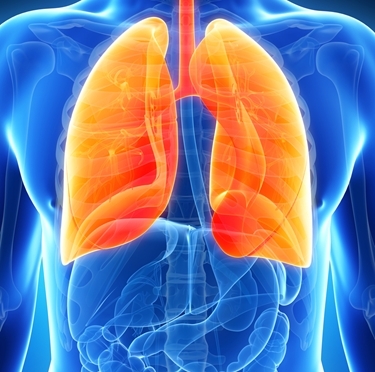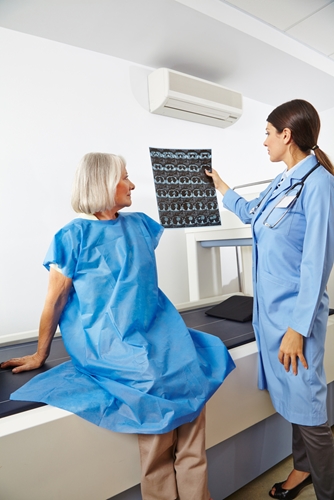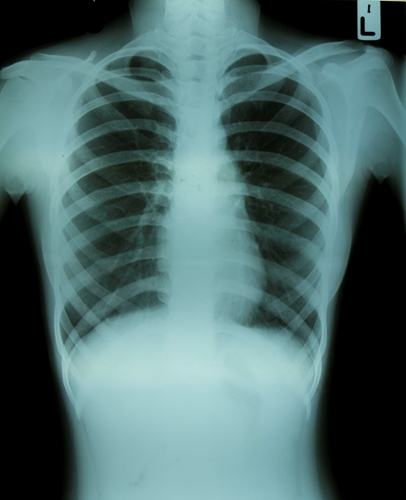In an attempt to reduce both patient and staff exposure to radiation, medical imaging physicians offer low-dose CT screenings for lung cancer. However, they hit considerable roadblocks in payments, as these procedures are not covered by the U.S. Centers for Medicare and Medicaid Services.
The Sept. 24 issue of the Journal of the American Medical Association included several recommendations for moving forward with screenings despite the lack of coverage. Robert Volk, Ph.D., and his colleagues from the University of Texas MD Anderson Cancer Center in Houston noted that the Medicare Evidence Development and Coverage Advisory Committee had expressed low confidence in the benefits of LDCT screenings in April 2014. The organization believed that the exam's harms outweighed the potential advantages, however, Volk felt that shared decision-making between patients and their physicians can lead to improved clinical outcomes that focus on value-based care, HealthImaging reported.
"There is a pathway to achieving high-quality discussions, and CMS should offer national coverage for the fully informed patient who elects screening after completing the shared decision-making process with a clinician," wrote Volk, quoted by the source.
These conversations can be especially beneficial to elderly patients due to their increased risk of harm from screenings and treatments that use radiation. Volk and his team suggested that radiologists and other physicians use decision aids to educate patients about the various options available to them, as well as the potential for negative side effects.
The proper modality can make the difference when providing diagnoses to patients. New findings have indicated that PET scans infused with FDG might not be as effective as once thought.
Using PET to follow up on CT lung screenings
A recent study published in the same issue of JAMA highlighted the shortcomings of FDG-PET scans in diagnosing lung cancer in geographic regions where the disease is most common, AuntMinnie.com explained. The retroactive review focused on 70 studies where lung cancer was highly prevalent and found that the modality should not be used in these locations unless a facility can achieve improved accuracy.
Previous research had shown that FDG-PET provided approximately 90 percent accuracy in identifying malignancies, with specificity that ranged between 78 and 86 percent. However, the review of past studies revealed that the digital imaging method's specificity was only 61 percent in regions of the U.S. where fungal and other infectious diseases are most common.
Led by lead author Stephen Deppen, Ph.D., from the Tennessee Valley Healthcare System, the team of doctors reviewed databases from Medline, Embase and the Web of Science for research papers that were published between October 2000 and April 2014. Analyzing 70 studies that included more than 8,500 lung nodules, they discovered the ineffectiveness of FDG-PET and emphasized the importance of providers knowing the poorer performance of the modality.
As LDCT lung cancer screenings become more common at imaging centers, radiologists have to be cognizant of the downsides of FDG-PET. As a result, they could provide improved diagnoses on scans that might have been missed without further examination.
Contact Viztek for more information.
Ronny Bachrach
Latest posts by Ronny Bachrach (see all)
- Konica Minolta Debuts First-of-Its-Kind Digital U-Arm System at AHRA - July 27, 2016
- Researchers Detect Signs Of Stroke Risk Using MRI - June 27, 2016
- Imaging Biz: Q&A with David S. Channin MD: How to Make PACS Patient Centered - June 22, 2016










